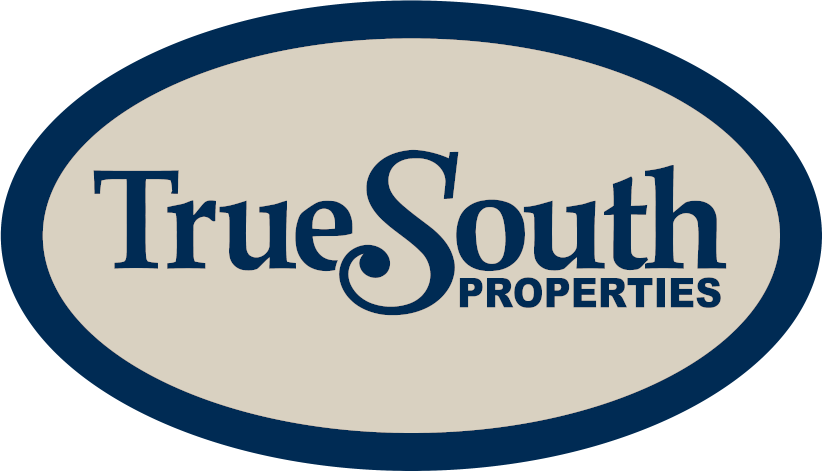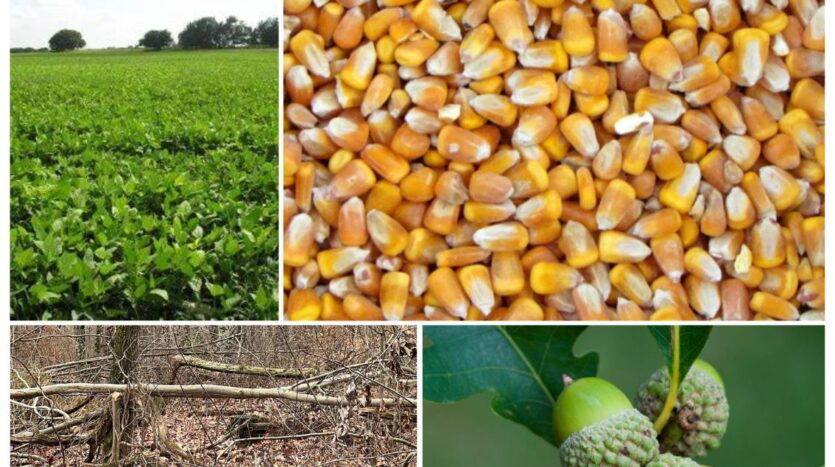To Corn or Not to Corn?
With planting season coming up on many landowners and hunters minds alike, the discussion of “Should I just fill my feeders?” is becoming more and more relevant. With baiting for whitetail deer now legal in our state, many gamekeepers are reevaluating their management plans. On the surface, feeding corn might seem like an easy and affordable way to boost deer activity and improve harvest odds. But what seems simple may come with hidden costs that aren’t so obvious at first glance.
Feeding deer isn’t inherently harmful—but problems can arise when that feed becomes the only consistent food source. Once deer become dependent on it, suddenly removing that food can disrupt patterns, increase stress, and even hurt the health of your herd in the long run.
Whitetail deer are selective and adaptive feeders. Over a 24-hour period, a deer will typically feed five times on a variety of food sources. A corn feeder might be one stop in that rotation, but it’s nowhere near enough to keep deer consistently on your property.
So, if corn isn’t the magic fix, what is?
The answer is simple: habitat, diversity and natural browse.
Deer thrive when they have choices. A landscape rich in natural browse not only supports more deer—it supports healthier deer. One of the biggest factors influencing antler growth is stress, which comes from many sources: predators, limited water, and, in this case, a lack of consistent, quality forage.
Want to boost your property’s natural browse? Here are a couple of effective strategies:
- Hinge cutting: Cut undesirable, non-mast-producing trees halfway and lay them down. This opens the canopy for more light, increases bedding cover, and provides fresh, accessible browse close to the ground.
- Food Plots: By planting a combination of annual and perennial seed mixes to ensure year-round nutrition without relying on feeders. The key is variety and consistency.
- Mast producing Species: This includes your white oaks, pin oaks, red oaks, turkey oaks and more. By fertilizing certain individuals and removing the competition around them you can add a major boost to your fall forage as well as adding a critical protein rich option that deer are hardwired to seek out.
Supplemental feeding may be trendy, but don’t overlook the long-term value of solid habitat work. Feeding is a great option for a in season activity to increase your odds of getting that big buck you’ve been hunting, but if you also focus on native browse and habitat, you’ll be able to have him there all year and the lineage that comes after him. This will compound annually making your property the place to be for both deer and deer hunters. Focus on improving your land’s natural forage, and you’ll build a healthier, more sustainable herd. Try it this season, you won’t be disappointed.
Written By:
Colledge B. Elliott
Agent, TrueSouth Properties
Email: colledge@truesouth.com| Phone: (205)-510-8119
Website: TrueSouth – Land for Sale in Georgia and Alabama
Additional helpful links for gamekeepers and land managers:
Don’t Forget the Native Forage! – North American Whitetail
Natural growth — Native browse is important to deer
Critical Whitetail Browse Strategy | Whitetail Habitat Solutions


